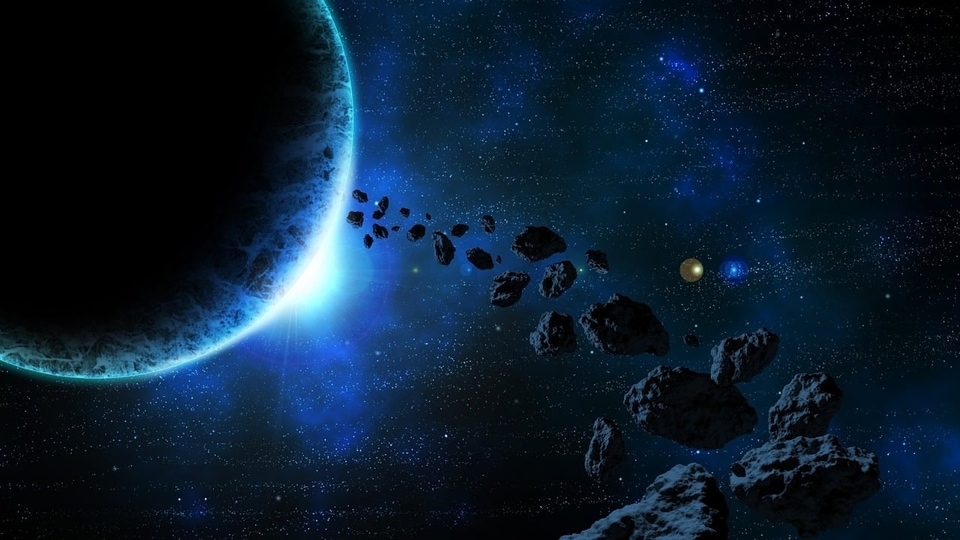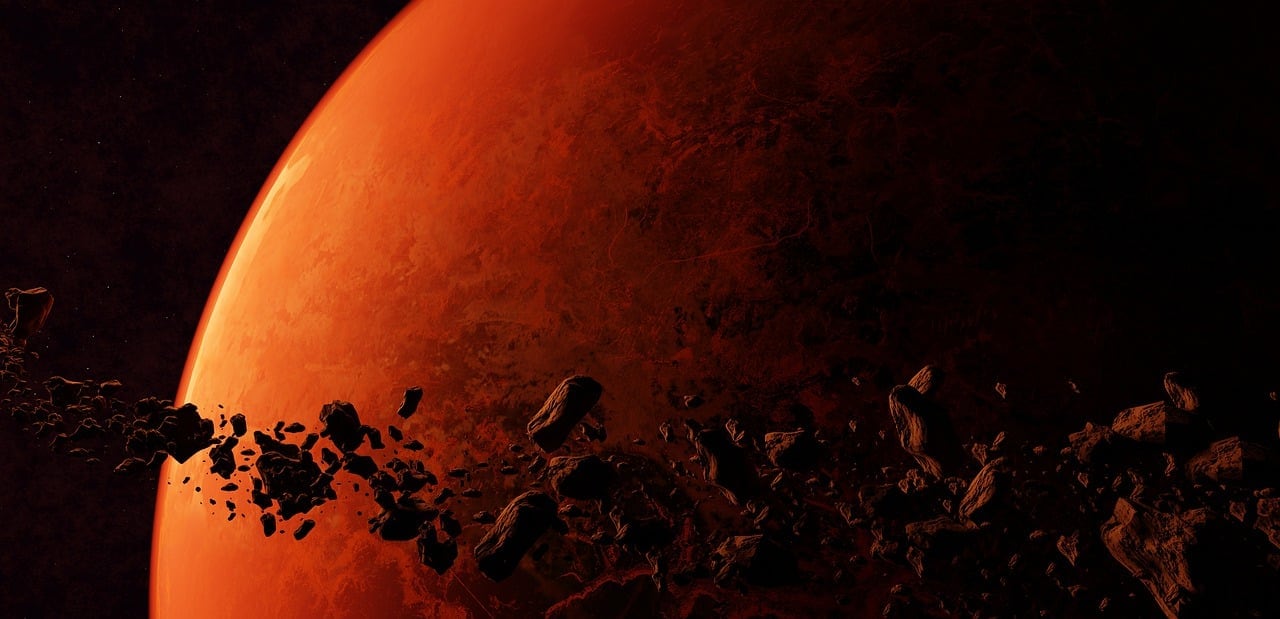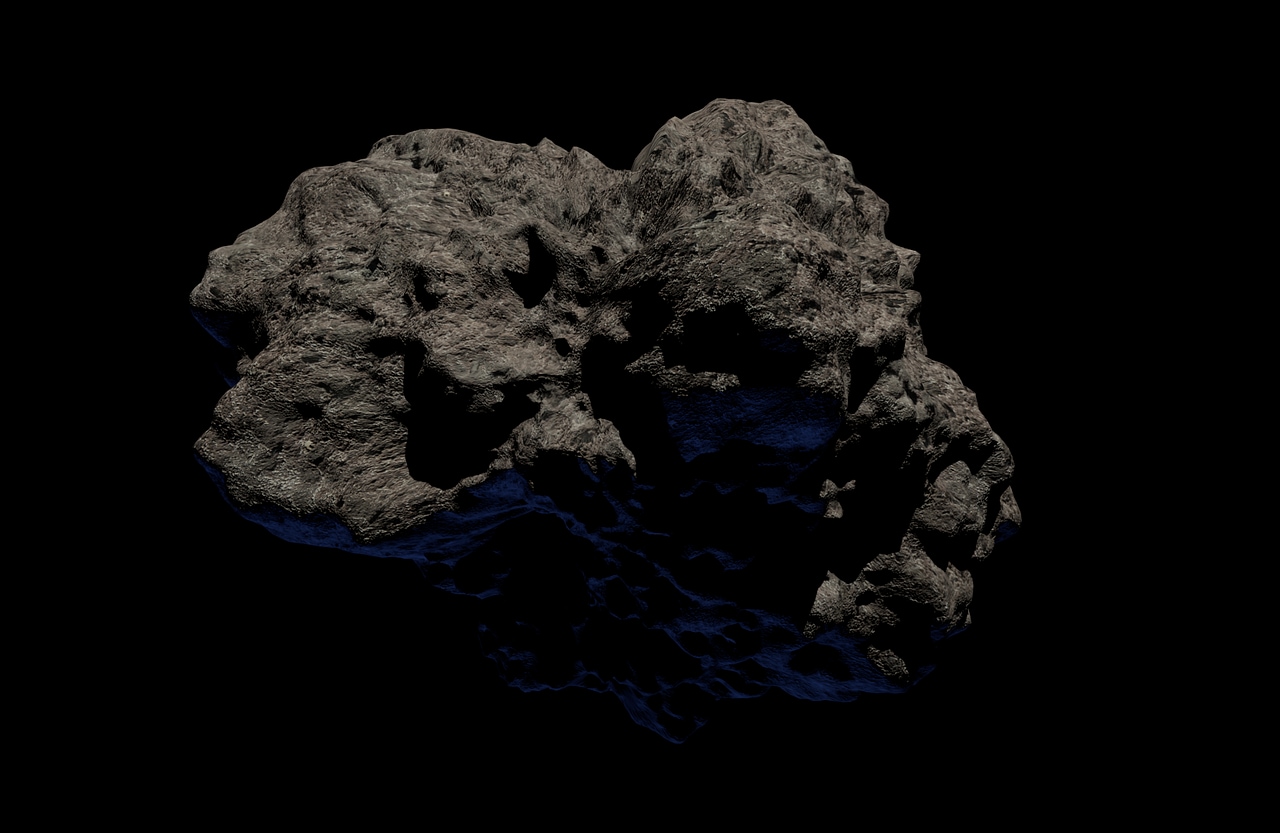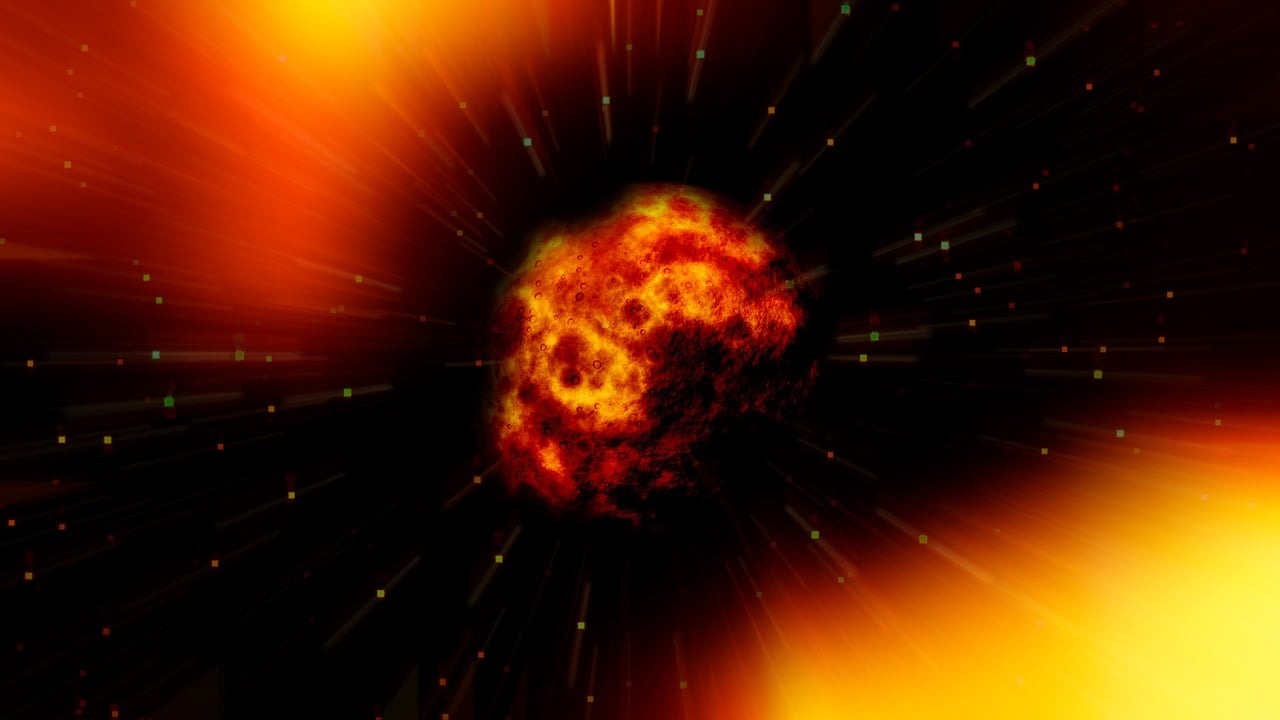NASA’s Hubble Space Telescope snaps powerful protostellar jet at its most mesmerizing state
The Hubble Space Telescope captures captivating light visuals of the powerful protostellar jet. Know all about this image shared by NASA.






 View all Images
View all ImagesNASA Hubble Space Telescope has been capturing breathtaking images of space since the 1990s and over the years, its digital Stone Age instruments and technology have captured images that are simply mind-boggling. Recently, the NASA telescope has captured stunning pictures of bright protostellar jets which showcase the radiant lights of the star that will keep you hooked and thrilled. Know more about the Hubble Telescope image below.
Protostellar jet image
According to a report by Science Daily, The Hubble Space Telescope captured the image of the G35.2-0.7N region which is known for high-mass star formation location. The region is 7200 light-years from Earth in the Aquila constellation. The stars that originate in this place are exceptionally large, and they can turn into devastating supernovae. According to the shared image, there is one B-type star present which is sending out a strong jet of light towards us, creating an amazing display of light. The B-type star is known as the second massive star
These luminous protostellar jets are formed due to streams of matter that come out from protostars. These luminous lights are known as Collimated beams which are ejected in straight, parallel streams, so the jets stretch out very far without spreading much and therefore the distortion is lessened. This rare phenomenon was captured by NASA's space telescope depicting the wonders of these massive stars.
Tech used to capture the image
To capture the image of a powerful protostellar jet, the Hubble Space Telescope used Wide Field Camera 3 (WFC3) which is designed to capture extremely distant galaxies, stellar systems, space objects, exoplanets, and more. It is Hubble's main camera and is equipped with two channels designed for ultraviolet and visible light (UVIS) and near-infrared (NIR).
About Hubble Space Telescope
The Hubble Space Telescope is a solar-powered instrument which is orbits about 547 kilometres above Earth and captures amazing vistas in space. It can take photos that go back as far as billions of years ago. In fact, only the new James Webb Space Telescope can look farther back into time than the Hubble Telescope. According to NASA, Hubble has made more than one million observations since its launch. The images taken by the telescope have helped astronomers to examine the age and size of the universe.
One more thing! We are now on WhatsApp Channels! Follow us there so you never miss any update from the world of technology. To follow the HT Tech channel on WhatsApp, click here to join now!
Catch all the Latest Tech News, Mobile News, Laptop News, Gaming news, Wearables News , How To News, also keep up with us on Whatsapp channel,Twitter, Facebook, Google News, and Instagram. For our latest videos, subscribe to our YouTube channel.





























